Nothing beats the simple pleasure of eating a warm raspberry plucked right from the bush on a hot summer day. In Canada, wild berries grow from coast to coast and up into the provinces. If you’re looking to expand your gardening skills and grow your very own berry bushes in your backyard, we’re here to help guide you through it. Read on for some of the best berry varieties you can plant yourself, based on the Canadian province or territory in which you live.
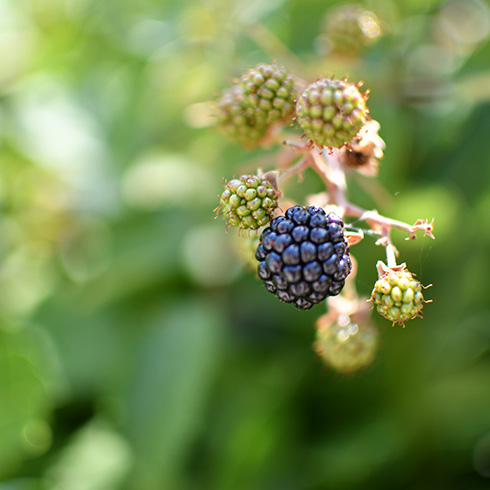
British Columbia
When it comes to growing fruit, British Columbia is one of the larger producers in Canada. Overall, the province has a lot of versatility: blueberries, blackberries, cranberries, raspberries and strawberries are all grown in and exported from BC. In particular, blackberries grow in the wild in the southern parts of the province – and planting domesticated versions of successful wild cultivars is a great way to ensure a bountiful berry harvest.

Alberta
Another great way to maximize your berry yields is to plant varieties of the plants that were developed and bred within your province. The honey queen raspberry was developed by Robert Erskine of Rocky Mountain House, Alberta. These raspberries are a pretty golden yellow and, as their name suggests, are sweet as honey.

Saskatchewan
There’s no berry more quintessentially Saskatchewan than the Saskatoon berry! Also known as serviceberries, they make for a delicious jam, and the Saskatoon berry bush is a bee and pollinator favourite.
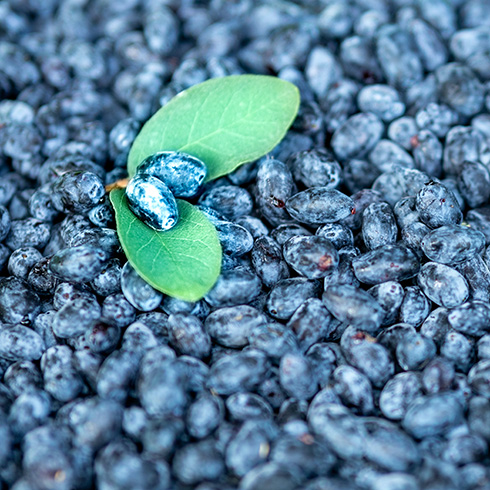
Manitoba
Haskap berry is also known as blue honeysuckle, honey berry, sweetberry honeysuckle…the list goes on. These bluish, oblong-shaped berries taste like a cross between a blueberry and a raspberry. If more traditional berries are more your speed, blueberries do especially well in Manitoba, especially lowbush, velvetleaf and dwarf blueberries.
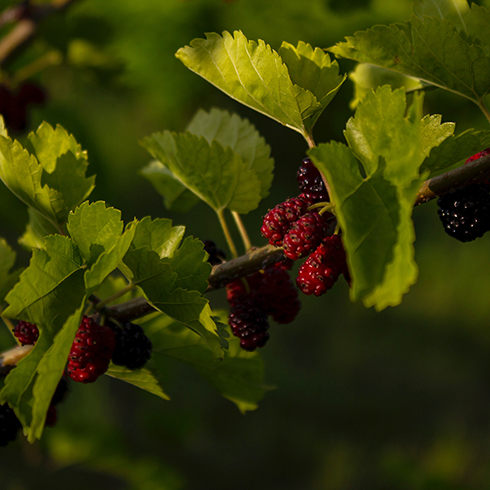
Ontario
Red mulberries grow in huge quantities in Niagara region in particular. They’re a bit like a smaller blackberry, and are sweeter than the tart black variety. Another option is loganberry bush. Loganberries look like blackberries but taste like raspberries and are genetically a hybrid between the two.
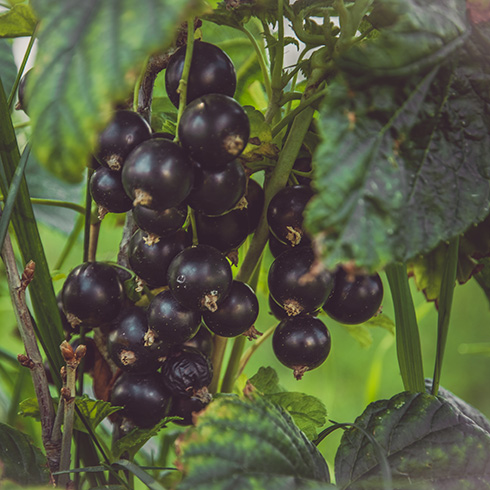
Quebec
Black currants can be found in abundance in the wild in Quebec, so we can certainly say they’re suited to the province’s climate. Their tartness makes them super versatile: they’re delicious in sweet treats like scones and savoury staples like BBQ sauce alike. The leaves and buds are super fragrant, and are known as bourgeons de cassis when used as ingredients in perfume.
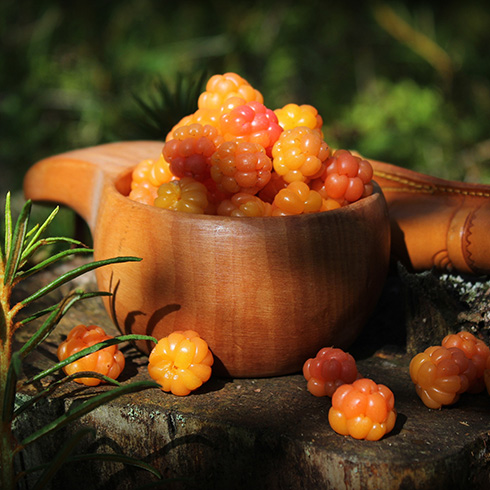
New Brunswick
New Brunswick is home to tons of wild strawberries, raspberries, blueberries, blackberries and more, so there’s a lot of versatility in terms of what berry bushes can successfully grow in this maritime climate. New Brunswick is also home to one of the rarest fruits in the world: the cloudberry. Technically classified as a fruit rather than a berry, the cloudberry is one of the rarest because it’s notoriously picky about its growing conditions. If you choose to give growing this rare fruit a try, try to emulate the conditions of a bog: grow them in peat-rich, acidic soil kept consistently moist.
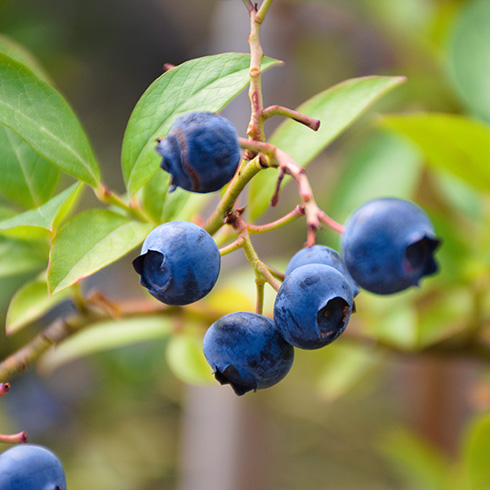
Nova Scotia
Many of the berries that do well on Canada’s west coast also do well on the east coast. Although they’re a relatively new crop to Canada, haskap berries also do well in Nova Scotia. Wild blueberries are Nova Scotia’s provincial berry (making it one of only two provinces with a provincial berry), in part because they are the most prolific fruit grown in the province.
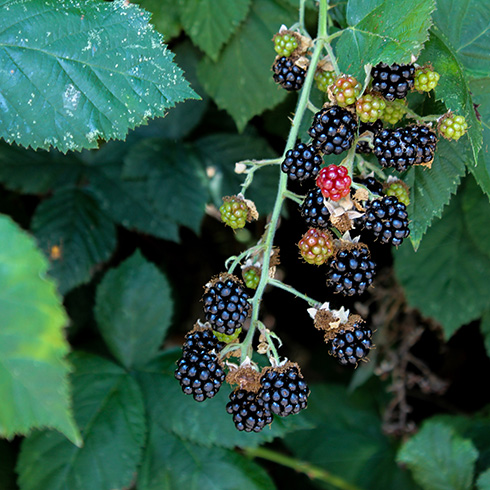
Prince Edward Island
Along with black currants, blueberries and raspberries, black huckleberries can be found growing wild in Prince Edward Island. Blackberries are another popular PEI berry – the specific variety found there is Highbush blackberry. This thorny-bushed berry makes for a delicious addition to sweet dishes like cobblers and French toast.
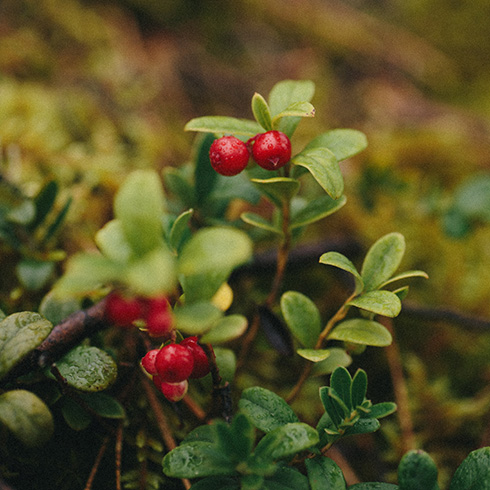
Newfoundland and Labrador
Newfoundland and Labrador is home to a variety of types of berries, which gives quite a bit of flexibility in what you can grow in your own backyard. Lingonberries – locally referred to as partridgeberries – are delicious in sauces, juices and pies. They’re also perennial and evergreen shrubs, which’ll add a touch of green to your yard year round and year after year.
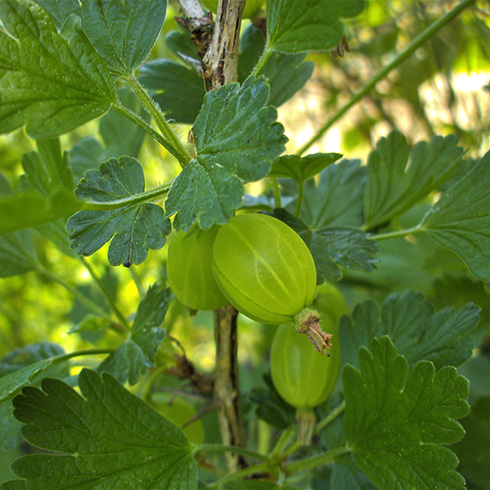
Nunavut
Nunavut is home to five different seasons, and the way seasons are experienced will vary from region to region. Some plants that grow wild and tend to do well in Nunavut’s climate are black currants, cloudberries and gooseberries. Gooseberries will continue to ripen after being picked, which is helpful as they’re pretty sour when underripe.
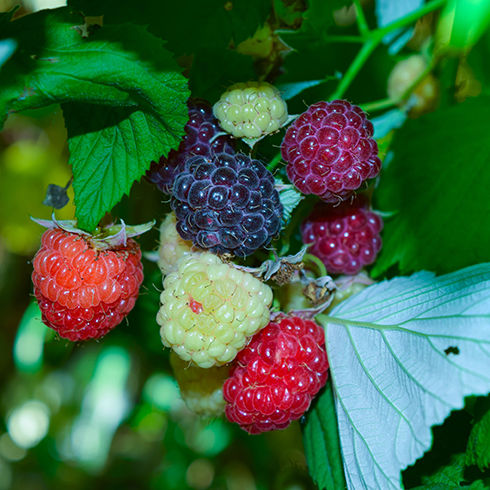
Northwest Territories
Raspberries grow wild in all territories and provinces, but varieties that do especially well in Northwest Territories are red, arctic and trailing raspberries.

Yukon
Blueberries, black huckleberries, cloudberries and raspberries all do well in the Yukon. Saskatoon berries also grow in a large portion of Canada, from Western Ontario to British Columbia and up into the Yukon as well.
Home Network your inbox.
By clicking "SIGN UP” you agree to receive emails from Home Network and accept Corus' Terms of Use and Corus' Privacy Policy.



